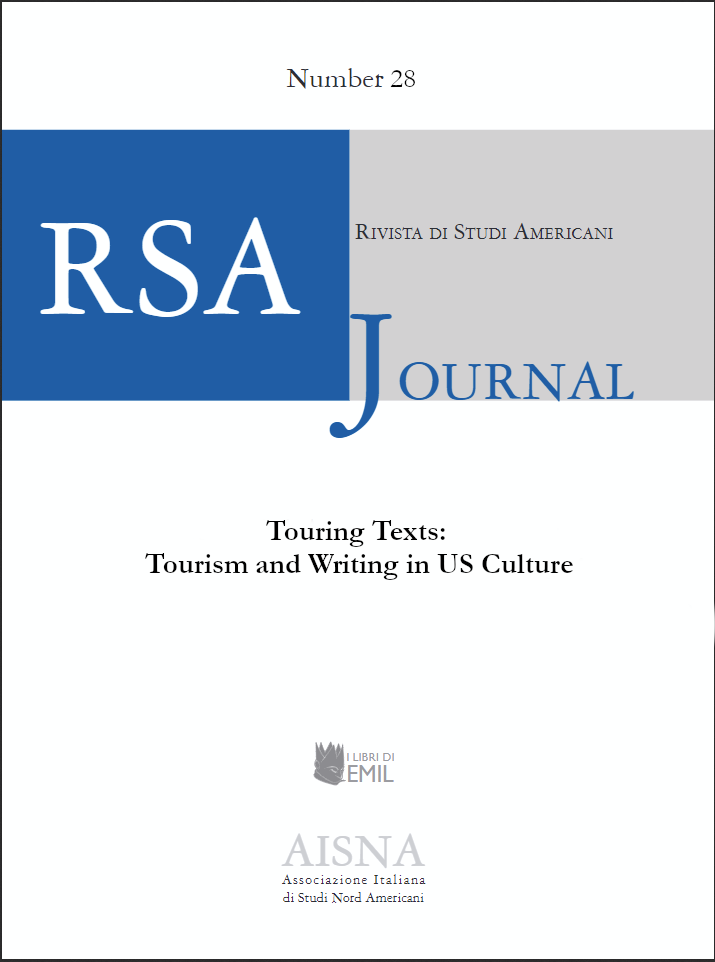Commemorating the Lost City
New York in Henry James’s “A Small Boy and Others”
DOI:
https://doi.org/10.13135/1592-4467/8578Keywords:
New York City, commemoration, national identity, cultural identityAbstract
This article examines the ways in which James, in A Small Boy and Others (1913), the first part of his three-volume autobiography, commemorated his birthplace New York City, and in so doing reflected on his national and cultural identity. James had originally intended A Small Boy to be a tribute to his recently deceased older brother William. Even though William, and indeed the whole James clan, loom large in the memoir, what James eventually crafted might be better described as a portrait of the artist as a young boy. Still smarting from the painfully disappointing reception of The American Scene, as well as of the New York edition of his works, James returned with A Small Boy to the scene of the crime, namely his native country. Feeling rejected by, and hence alienated from, the United States, he revisited and lovingly recreated through the medium of memory the warm, welcoming, and simpler scenes of his childhood and boyhood. He conjured up with particular (and unusual) tenderness New York as he remembered it, a city which bore but scant resemblance to the twentieth century metropolis of that name (the “terrible city” of The American Scene). Unable to find his bearings in the latter, expanded and changed almost beyond recognition, James returned to the familiar, cozy streets and houses of his early years. Significantly interspersed with references to food, A Small Boy poignantly conveys the flavor of a time and place, indeed of a whole way of life, that James mourned as lost while simultaneously acknowledging it as having made him what he had become.
Downloads
Published
Issue
Section
License
RSAJournal applies a CC BY-NC-ND license to all its contributions. This license enables reusers to copy and distribute the material in any medium or format in unadapted form only, for noncommercial purposes only, and only so long as attribution is given to the creator. CC BY-NC-ND includes the following elements:
- BY: credit must be given to the creator.
- NC: Only noncommercial uses of the work are permitted.
- ND: No derivatives or adaptations of the work are permitted.
Authors who publish with this journal agree to the following terms:
- Authors retain the copyright and full publishing rights for their submissions to the journal.
- Authors grant the journal right of first publication with the work simultaneously licensed under a Creative Commons Attribution-NonCommercial-NoDerivatives 4.0 International License that allows others to share unedited work for non-commercial purposes with an acknowledgement of the work's authorship and initial publication in this journal.
- Authors are able to enter into separate, additional contractual arrangements for the non-exclusive distribution of the journal's published version of the work (e.g., post it to an institutional repository or publish it in a book), with an acknowledgement of its initial publication in this journal.




